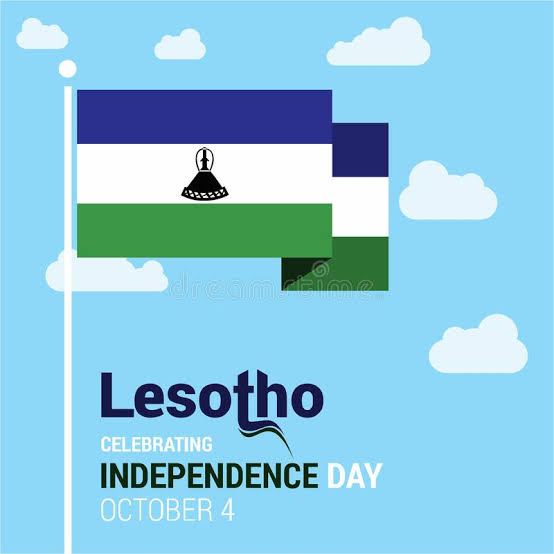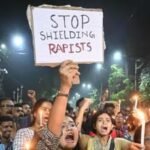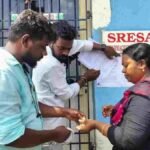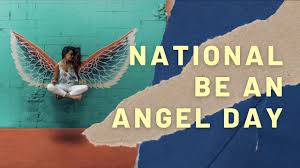Lesotho Independence Day – October 4, 2022, history, significance
Lesotho Independence Day is celebrated on October 4th every year as the day the nation became a sovereign state from the British in 1966. At the time, it was known as Basutoland but upon independence, it was renamed the Kingdom of Lesotho with a King at its helm — Moshoeshoe II and its first Prime Minister — Chief Leabua Jonathan.
This land-locked county, which is completely surrounded by South Africa, is still going strong and has largely been unaffected by political turmoils that have afflicted other African nations. Read on to learn more about this very mountainous country.
HISTORY OF LESOTHO INDEPENDENCE DAY

The history of the inhabitants of the region now known as Lesotho goes back many years. In the early 1800s, the people of Sotho tribes escaped the Zulu army and journeyed to the highlands of modern Lesotho (then called Basutoland). By 1822, they united under King Moshoeshoe I as a single country
The kingdom constantly developed through contact with British and Dutch colonists from Cape Colony. The country had several diplomatic alliances with foreigners and collected guns they used against the encroachers. From the 1830s to 1860s, Boer settlers began infringing on the Sotho territory, leading to border wars.
In 1867, the Sotho people triumphed over the Boers in a significant conflict known as the Free State–Basotho War. After the war, they appealed to Queen Victoria to make Basotholand a British protectorate to deter further invaders. The Queen heeded the request and Basotholand became a British Protectorate the following year.
In 1869, the British signed a treaty with the Boers that defined the boundaries of Basotholand — this led to King Moshoeshoe’s kingdom getting reduced to half its original size. Conflicts with Britain resulted when the British government tried to compel Lesotho into union with the rest of its South African colonies.
Eventually, Lesotho was allowed to have Sotho leaders in 1960, making it an autonomous state under the British. On October 4, 1966, Lesotho finally gained independence from Britain and became a fully sovereign state named the Kingdom of Lesotho.
LESOTHO INDEPENDENCE DAY TIMELINE
1822
The Kingdom Enlarges
Sotho tribesmen unite under King Moshoeshoe I.
1867
The Sotho Triumphs in War
The Sotho people triumph in the Free State–Basotho War against white settlers.
1960
The Nation Becomes Autonomous
Lesotho develops into an autonomous republic under the British.
1966
The Nation’s Freedom is Granted
Lesotho gains its independence from the British government.
RECOMMEND STORIES
- IRCTC’s New Rule: Soon You Can Change Your Travel Date Without Paying a Cancellation Fee
- Dude Movie Review: Pradeep Ranganathan’s Youthful Rom-Com Balances Love, Humor, and cast
- SpaceX Launches 28 Starlink Satellites on Record-Tying 130th Falcon 9 Flight of 2025, Boosting Global Internet Coverage
- 24 Transgender People in Indore Attempt Suicide Seeking Justice, Police Launch Probe and Promise Swift Action
- Cough Syrup 22 Deaths: ED Raids Sresan Pharma Chennai Over Money Laundering Probe
HOW TO OBSERVE LESOTHO INDEPENDENCE DAY
Celebrate Lesotho’s independence online
Participate by watching the parades and ceremonies in Lesotho virtually. This is a good way to commemorate this holiday while learning about Lesotho’s culture. Share posts about the parades and the latest news about Lesotho on various social media platforms you have.
Fly their national colors
The national colors of Lesotho are blue, white, and green. Flying any two of these colors is a great way to commemorate their independence.
Learn about Lesotho’s history
The history of the Sotho goes back as many as 400 years. The country has a long 100 years history of colonization by the U.K. before it gained independence. Dig in and learn as much as you can about this nation.
5 INTERESTING FACTS ABOUT
Nicknamed “Kingdom in the Sky”
Lesotho has a very mountainous topography which has earned the place the title of Africa’s “Kingdom in the Sky.”
Dinosaur fossils were found
Dinosaur fossils were discovered in Lesotho in the 1970s.
It uses green energy
Lesotho uses hydroelectric energy for almost all of its power needs.
Lesotho is very homogenous
About 98% of Lesotho’s population consists of the Basotho ethnic group, the rest includes Europeans, Asians, and Zulus.
It still has a monarch
Lesotho practices constitutional monarchy and presently has a king.
WHY LESOTHO INDEPENDENCE DAY IS IMPORTANT
Celebrate the independence of Lesotho
We celebrate Lesotho’s long fight to be an independent nation against British colonization. We also honor their journey and where they are now as an independent, autonomous country.
Learn about new languages and culture
The prospect of discovering new languages and cultures makes the holiday exciting. And on October 4, we get to learn about Lesotho, as it is home to several native languages, including Phuthi, Sesotho, Xhosa, and Zulu.
Know more of Lesotho’s nature
Lesotho lies at an average elevation of 3,281 feet above sea level and is, therefore, one of the highest countries in the world. That said, many natural wonders are unique to its landscape.
Sandeep Raiza — Content Writer, Website Designer, SEO Strategist, and WordPress Expert AI specialist delivering impactful digital solutions that drive business growth.Combining creative storytelling with technical expertise.








